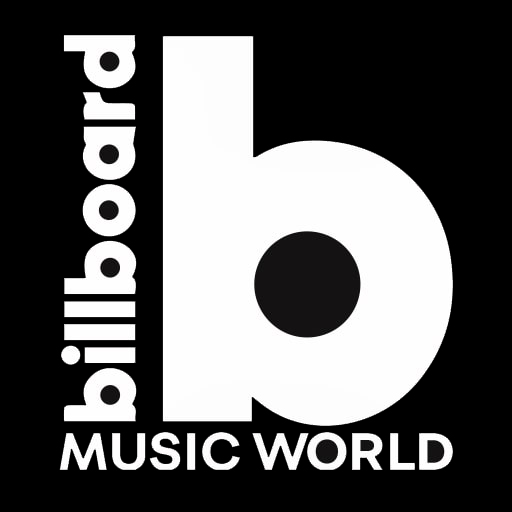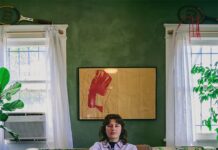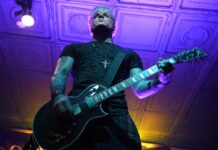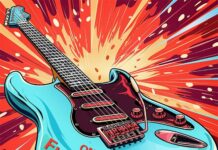Bruce Springsteen was 34 in 1984 when he released “Glory Days,” a deceptively upbeat song about looking back at the high school years rock songs cast as the prime of our lives. He was almost 50 when he reunited the E Street Band in 1999 and gradually turned what seemed like it would be a celebration of his past into the second half of his career. Now, at 74, he’s taken some time to look back – in his memoir, during his one-man Broadway show, and on his album Letter to You – but his July 15 concert at the Volksparkstadion in Hamburg, Germany was a joyous celebration of the power of rock n’ roll.
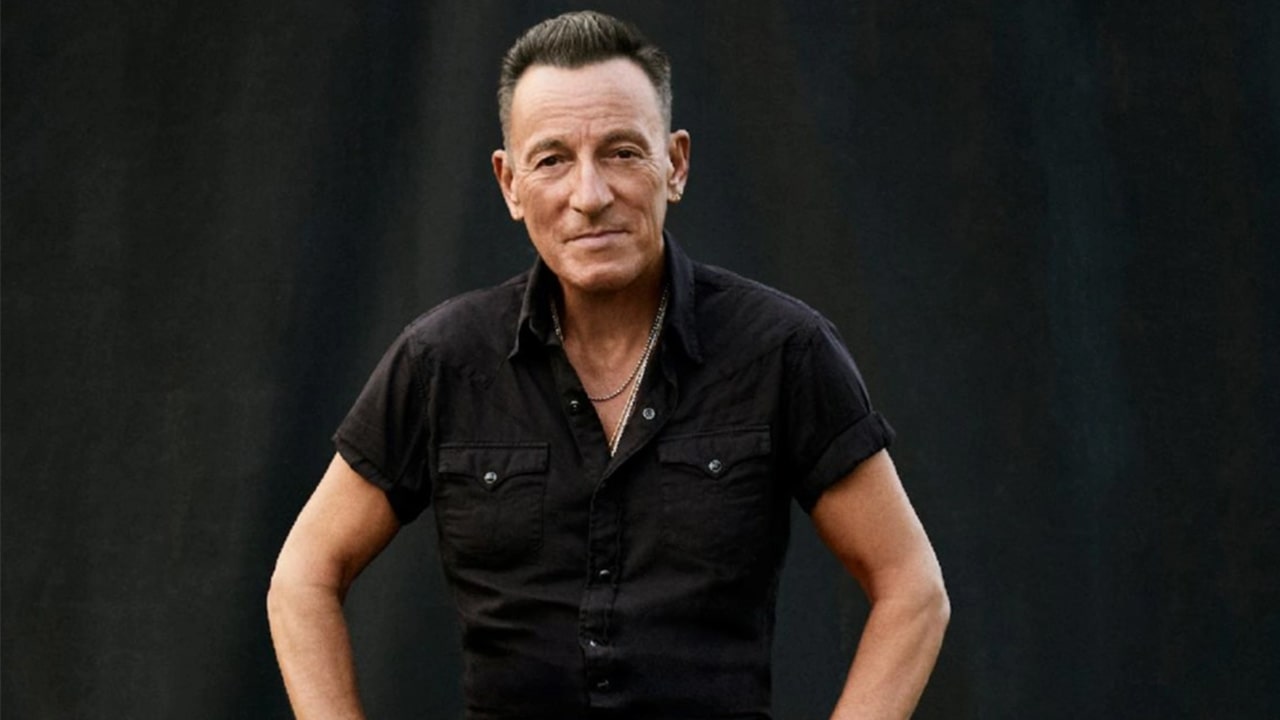
Let’s get the obvious out of the way: Yes, Springsteen has slowed down a bit. Concerts on this tour clock in at less than three hours, with relatively stable set lists, and he doesn’t slide across the stage on his knees anymore. Who could? It’s inevitable. But he still delivers the greatest show on earth. He’s not playing the kind of concerts he did four decades ago, but — let’s face it – no one else is, either.
The band endures. Video segments during “Tenth Avenue Freeze-Out” honor late band members Clarence Clemons and Danny Federici, but the band tours on. That seems to be the point of these shows, many of which open with “No Surrender” and its vow of dedication, followed by “Ghosts” and its salute to a lost bandmate. It’s a look back, but in Hamburg, Springsteen leaned into its statement of purpose: “By the end of the set we leave no one alive.”
Springsteen played four songs from Letter to You during the show, which (along with his spoken introduction to “Last Man Standing”) were presented with German subtitles onscreen. The implication was clear: These are the important ones. (They’re probably easier for foreigners to understand than any of his lyrics about the New Jersey turnpike.) Really, though, they’re all important. Some went by fast (“Working on the Highway”), while Springsteen stretched others into extended jams, including “Out in the Street,” during which he showcased the horn section; “Kitty’s Back”; and “Backstreets.”
Springsteen is one of the only rock musicians – truly one of just a few figures in pop culture in general – to chronicle the arc of his life in an art form usually obsessed with teenage concerns. Over the years, he’s turned his creative attention from escaping the life he grew up with (Born to Run) to the difficulties of building his own (Darkness on the Edge of Town) to the challenges of sharing it with someone else (Tunnel of Love) – then, later, to the brotherhood he finds with his band. Over the last few years, his attention has turned to his own mortality, in a way that’s free of the hope-I-die-before-I-get-old mythology but still cast in his usual rock n’ roll terms.
The band endures – even, perhaps, beyond its members. Before he played “Last Man Standing,” from Letter to You, Springsteen told a story about his first rock band – the same way he might have on Broadway, only to about 70,000 people – and how he’s the last one of the members still alive. He compared the situation to standing on railroad tracks, looking at the headlight of an oncoming train and how it “brings a certain clarity of thought, of purpose.” Back then, he remembered, life was full of hellos and “later on there’s a lot more goodbyes.”
Any resignation was immediately followed by defiance in the form of “Backstreets,” which could be about the time he formed that first band, followed by “Because the Night” and soon “Badlands” – both of which are essentially about seizing the day. Springsteen is old enough to confront the idea of hanging up his rock n’ roll shoes, but he’s not ready to do it. It seemed the crowd could relate: Sounds of recognition greeted the line in “Thunder Road” about how “you’re scared and you’re thinking we ain’t that young anymore,” a line Springsteen wrote almost half a century ago.
The concert paused there, then continued with a six-song encore – “Born to Run,” a Born in the U.S.A. triple-header of “Bobby Jean,” “Glory Days” and “Dancing in the Dark,” and then that joyous, extended “Tenth Avenue Freeze-Out.” His final song was more subdued: “I’ll See You in my Dreams,” a goodbye about goodbyes, “For death is not the end.” At once stark and hopeful, it circled back to “No Surrender” and the start of the show. “Now young faces grow sad and old,” Springsteen sang just after he took the stage, “And hearts of fire grow cold / We swore blood brothers against the wind / Now I’m ready to grow young again.” Then he spent the next two hours and forty-five minutes doing exactly that.
